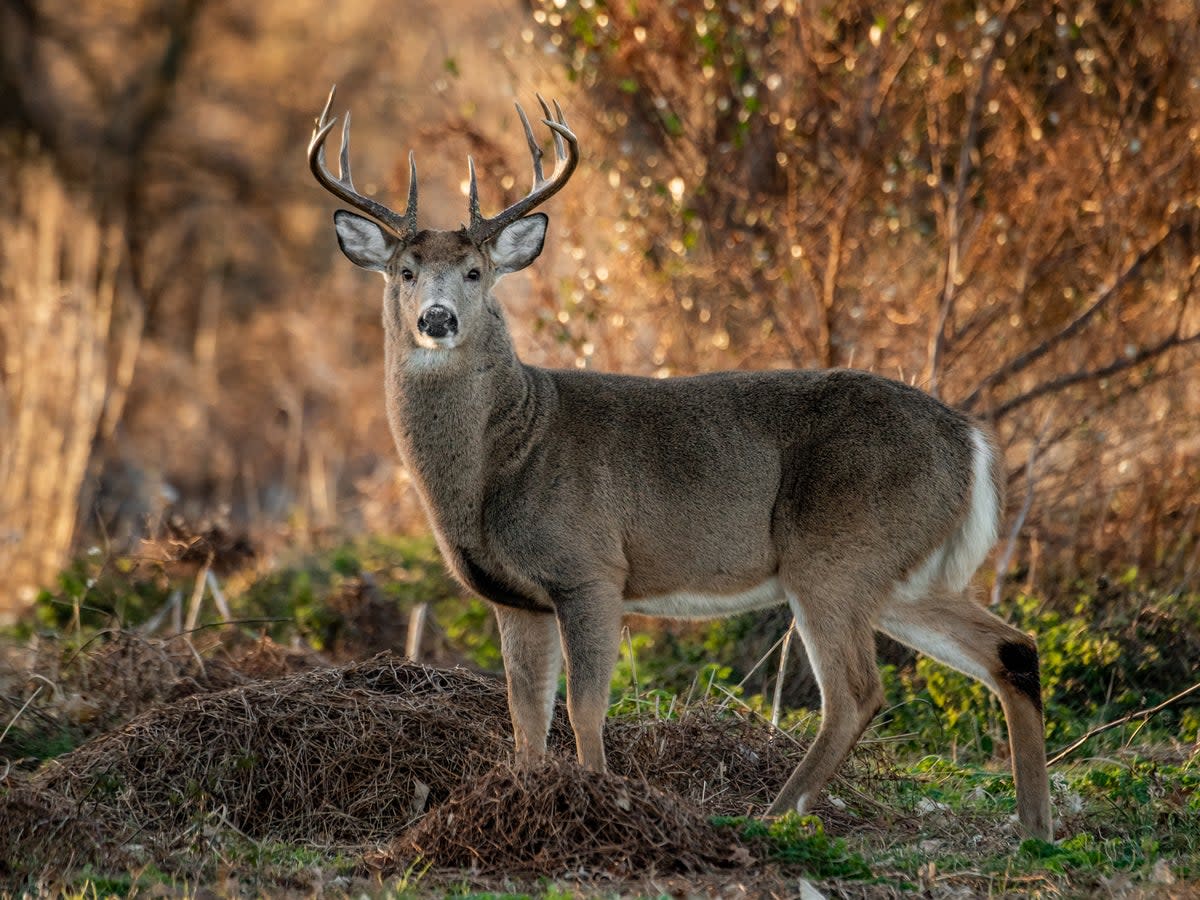‘Zombie’ deer disease case confirmed at Yellowstone National Park

Yellowstone National Park‘s first case of “zombie deer disease’ was confirmed at on Tuesday — a horrific illness that gradually shuts down the deer’s body.
The National Park Service confirmed the case in a news release and said there is not much they can do currently apart from monitor and investigate the presence of the ailment, whose formal name is “chronic wasting disease” (CWD).
The service estimates that around 10-15 per cent of the mule deer near Cody, Wyoming, that migrate into the southeast section of Yellowstone during the summer have CWD, which has been reported in 31 states across the US as of November this year.
According to the Centers for Disease Control and Prevention, it may take over a year for symptoms in the deer to develop. The deer usually will drastically lose weight, stumble around, and lose all energy, giving the illness its name for the zombie-like actions.
This is due to prions, which are infectious proteins, slowly destroying the brain and nervous system in the animals. It is fatal.
CWD, which spreads through bodily fluids such as faeces, saliva, blood or urine, currently has no treatment or vaccine.
Reports of CWD have also occurred in three provinces in Canada, in reindeer and/or moose in Norway, Finland and Sweden, and a small number of imported cases in South Korea, according to the CDC. The disease has also been noted to have been found in farmed deer and elk.
The CDC say there have been no reported cases of humans contracting the disease, but it may affect other animals, such as monkeys, that come into contact with the infected deer. However, additional studies are underway to determine if prion diseases could occur in people who are in contact with deer or elk meat.
The terrifying sickness was first recorded in a Colorado research facility in the late 1960s after a captive deer showed symptoms; the first report of a wild deer having it was in 1981.
The CDC has urged hunters and those who otherwise come in contact with deer or elk to wear protective clothing, stay away from the animals that look sick, minimise the handling of the deer’s organs and strongly consider having the meat tested for CWD before it is consumed.

 Yahoo News
Yahoo News 
